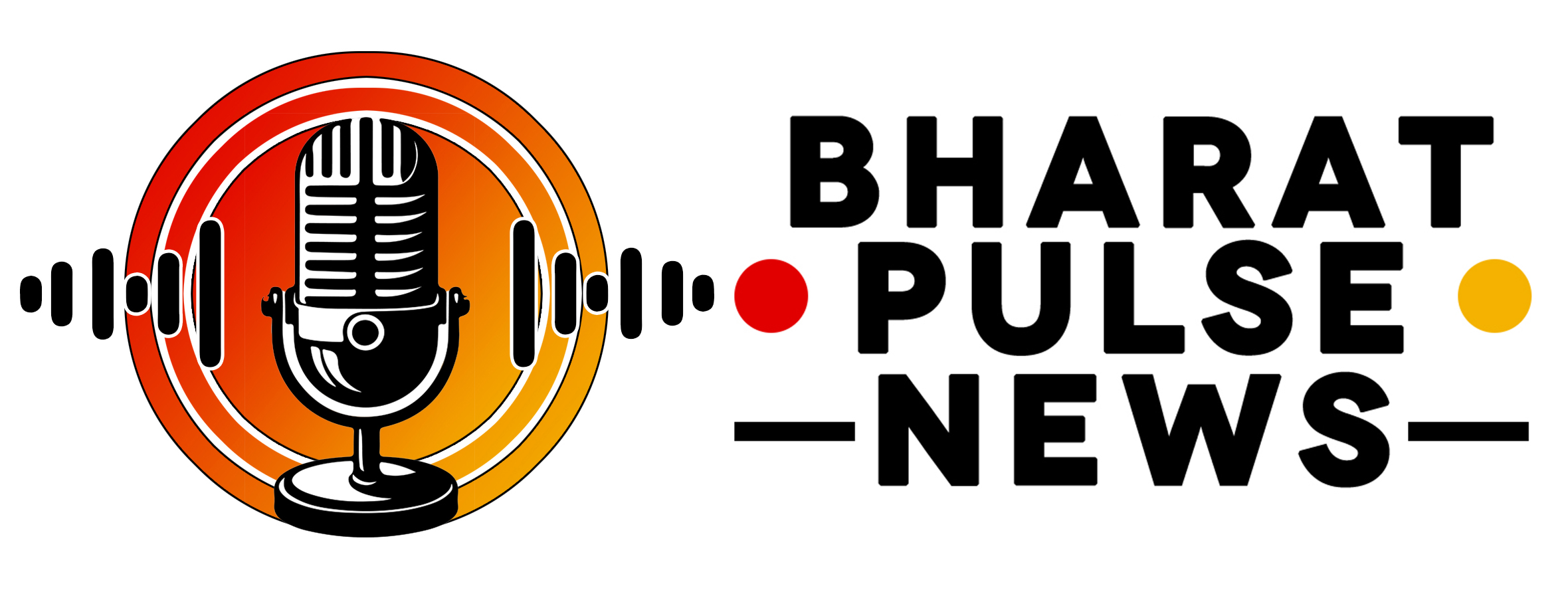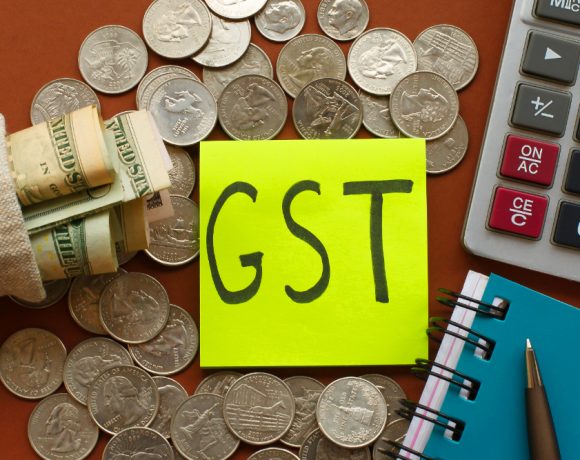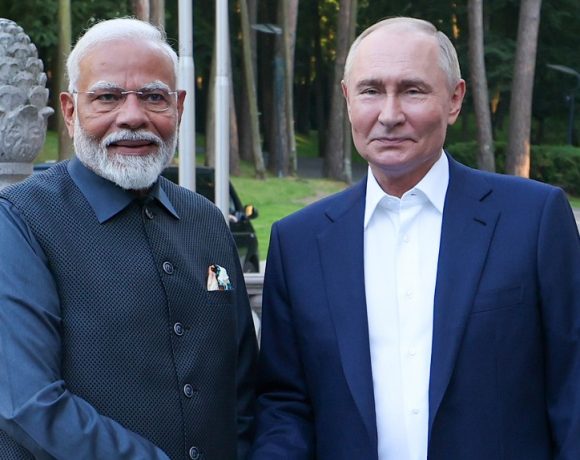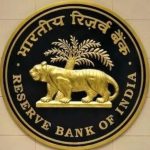
Rising Debt Levels Among India’s Middle Class: A Growing Concern
India’s middle class is increasingly falling into a debt trap, with a growing number of households relying on loans not just for investments or emergencies, but for daily survival. Approximately two-thirds of middle-income families have taken personal loans, many juggling multiple high-ticket credit liabilities such as credit cards, BNPL schemes, and unsecured EMIs. This is rapidly evolving from a short-term financial fix into a long-term burden.
Key Drivers Behind Surging Borrowing
Easy Access to Credit
The proliferation of digital lending platforms, credit cards, and app-based EMI options has made borrowing effortless. While this has improved financial inclusion, it has also encouraged unsustainable spending patterns among those with little financial literacy or risk awareness.
Aspirational Lifestyle Pressures
The influence of social media, peer comparison, and aggressive marketing has created a culture of aspirational consumption. Even as incomes stagnate, many individuals feel pressured to maintain the illusion of prosperity, financing luxuries like holidays, gadgets, and upscale living through borrowed money.
Rising Costs vs Stagnant Incomes
With inflation steadily pushing up the cost of living and wages failing to keep pace, the middle class is being squeezed. Essentials like education, healthcare, and even groceries are becoming harder to afford without credit, forcing families to rely on EMIs just to get by.
Growing Concern Over Financial Stability
The growing reliance on unsecured loans has raised red flags for financial regulators. A significant chunk of these borrowers falls into the subprime category, raising the likelihood of defaults in the event of economic stress. The central bank has already flagged the risk and is taking precautionary steps by tightening norms around unsecured lending.
Urgent Need for Corrective Measures
Financial Literacy
There’s a pressing need for financial education to help consumers understand interest rates, compounding debt, and budgeting. People must be taught that credit is not income, and that overspending today can lead to a crisis tomorrow.
Responsible Lending Practices
Financial institutions must tighten their risk assessments and avoid doling out credit indiscriminately. Stronger underwriting norms and real-time income-verification tools are necessary to curb the spiraling of unsecured loans.
Rebuilding a Culture of Savings
India’s middle class, once known for its savings ethic, needs a cultural reset. Government and industry initiatives promoting small savings, emergency funds, and budget management could go a long way in reducing dependency on credit.


















